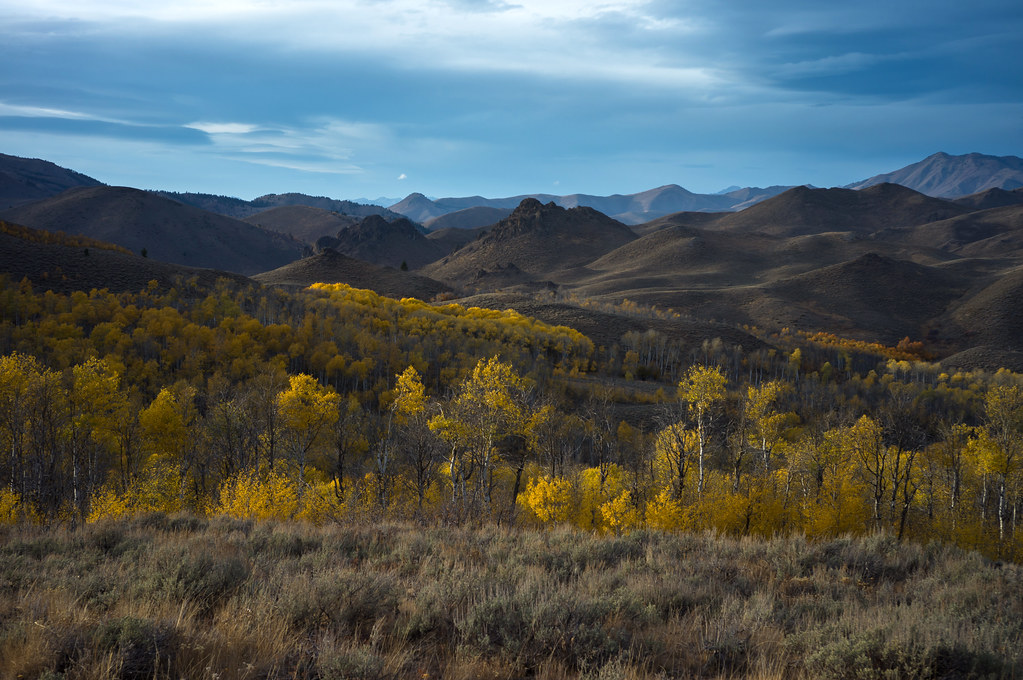I have owned both a Nex 5N and Ricoh GXR. I bought, used, and sold both, only to go back some months later when I really missed smaller cameras and the sharp RF glass (the 25mm ZM Biogon and the 45mm Contax G Planar (with adapter on 5N, converted to M on the GXR).
When I went back, I chose a GXR again, against the Nex 7, 5N, X-Pro-E-X-1 thingies. The 5N has a wonderful sensor and a very useful mount. In using M glass, the one clear advantage over the GXR is the Hawk macro adapter. Brilliant. It had nothing else for me, however. It was so small that I had a rough time getting shots that didn't have a fine blur in them. And miserable menus.
The GXR, which also has no stabilization, wasn't as much of a problem and I'm not sure why. It's just a bit bigger and heavier but I suppose that makes enough of a difference.
The Ricoh has a lot of great features. The electronic shutter is utterly unique (far as I know) in the CSC world and when you need a camera that makes *zero* noise, this is it. Not even a "snick!" like the OM-D. Silent. I love the Ricoh diorama filter...silly I know, but it has a lot of controls....in-focus size and placement. Very smart. And my favorite: it has an intervalometer built into the firmware. Why oh why don't other camera makers do this? They must get paid off by the factories that produce cumbersome USB timers that add yet another piece of gear to the bag. Only Nikon is nice enough to include this, but only on their high-end bodies.
I do wish Ricoh had though to add a close focus helicoid to the M-mount module. There's quite a bit of that module that is just metal tube, and it easily could have had an extra helicoid and lever built in there. That would have been amazing!
Will there by a follow on the GXR? Nobody really knows. But right now it remains a unique camera and no other camera has the same feature set. I just bought another 25mm ZM lens...which is so wicked sharp it's amazing. I usually don't worship at the altar of sharpness, but the 25ZM's rendering gives images a remarkable depth.




